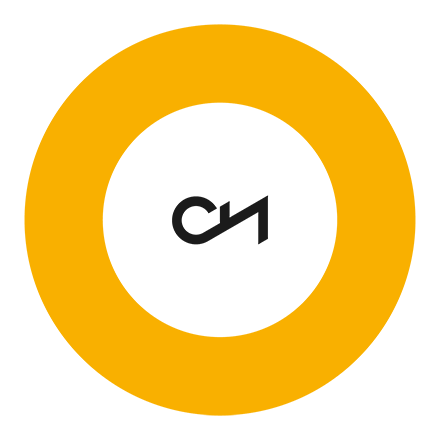In search of the city
research exhibition
21-26 november 2017
Asanbay center
Asanbay center
Based on the sociological theory, three languages of understanding of the city can be distinguished: high modernism, hipster and new urbanism. According to this optics, the city is formed by the dominant language of description, which determines its transformation and the logic of development.
In accordance with the language of high modernism, the city, first of all, is a machine of growth and production of economic profit. On this basis, its organization is aimed at densification and acceleration, in order to deliver goods, services (for example, the development of the transport system) and commodification of space – the maximum extraction of profits from it. This is what we have been observing in Bishkek in recent years, we see five or more shopping malls on a small patch of land, as well as the reconstruction of 49 streets of Bishkek, including the resonant Dushanbinskaya Street.
The language of the new urbanism speaks of the city as a space oriented for a human, where communities are important, the connections between them and social justice. The city is people, and the space in the city is oriented to their comfortable living: pedestrian accessibility, quality of architecture and urban planning; fostering the creation of social ties through spatial organization. As an example, we can cite the Soviet microdistricts, in which the needs of citizens were within walking distance: healthcare centers, nursery, schools and the "Dom Byta" (a public building for a complex enterprise uniting focal points for various types of services and production workshops)
According to hipster urbanism, the city is a "scene", a place for events and entertainment of citizens, a place for the appearance of boredom and getting rid of it. The language of hipster urbanism draws the city not just as a comfortable environment, but also as a space of a special form of publicity, where the people of the town are the public whose eyes are directed towards the "scene", but not to each other. According to this logic, for example, the purpose of botanical gardens as scientific institutions is replaced by the function of leisure.
Elements / spaces, corresponding to these languages can be found in Bishkek. At the exhibition "In search of the city" three objects that were investigated within two months are presented, each of them represents one of the aspects of one or another language for description of the city. By means of the presented objects one can see the transformation of everyday practice of citizens and, through the languages of the description of city life, make various urban ideologies visible and explainable.
In accordance with the language of high modernism, the city, first of all, is a machine of growth and production of economic profit. On this basis, its organization is aimed at densification and acceleration, in order to deliver goods, services (for example, the development of the transport system) and commodification of space – the maximum extraction of profits from it. This is what we have been observing in Bishkek in recent years, we see five or more shopping malls on a small patch of land, as well as the reconstruction of 49 streets of Bishkek, including the resonant Dushanbinskaya Street.
The language of the new urbanism speaks of the city as a space oriented for a human, where communities are important, the connections between them and social justice. The city is people, and the space in the city is oriented to their comfortable living: pedestrian accessibility, quality of architecture and urban planning; fostering the creation of social ties through spatial organization. As an example, we can cite the Soviet microdistricts, in which the needs of citizens were within walking distance: healthcare centers, nursery, schools and the "Dom Byta" (a public building for a complex enterprise uniting focal points for various types of services and production workshops)
According to hipster urbanism, the city is a "scene", a place for events and entertainment of citizens, a place for the appearance of boredom and getting rid of it. The language of hipster urbanism draws the city not just as a comfortable environment, but also as a space of a special form of publicity, where the people of the town are the public whose eyes are directed towards the "scene", but not to each other. According to this logic, for example, the purpose of botanical gardens as scientific institutions is replaced by the function of leisure.
Elements / spaces, corresponding to these languages can be found in Bishkek. At the exhibition "In search of the city" three objects that were investigated within two months are presented, each of them represents one of the aspects of one or another language for description of the city. By means of the presented objects one can see the transformation of everyday practice of citizens and, through the languages of the description of city life, make various urban ideologies visible and explainable.
+996 700 915 935 / +996 555 214 949
laboratoriaci@gmail.com
laboratoriaci@gmail.com
191 Bokonbaeva st., Bishkek, Kyrgyzstan
(crossing Turusbekova st.)
(crossing Turusbekova st.)
